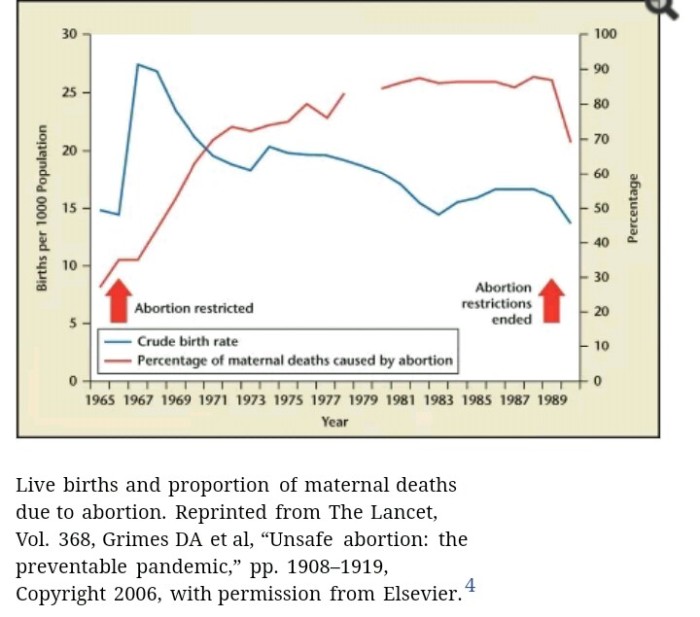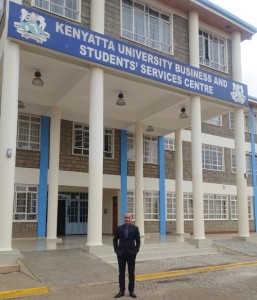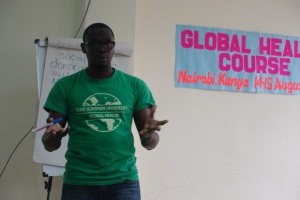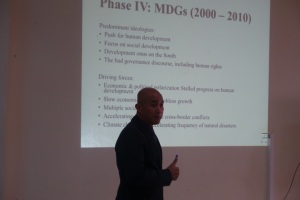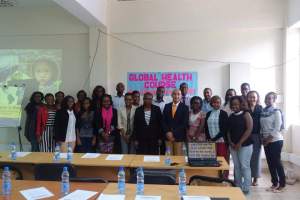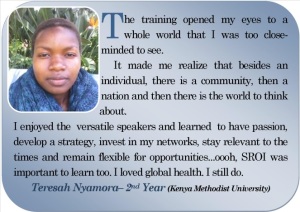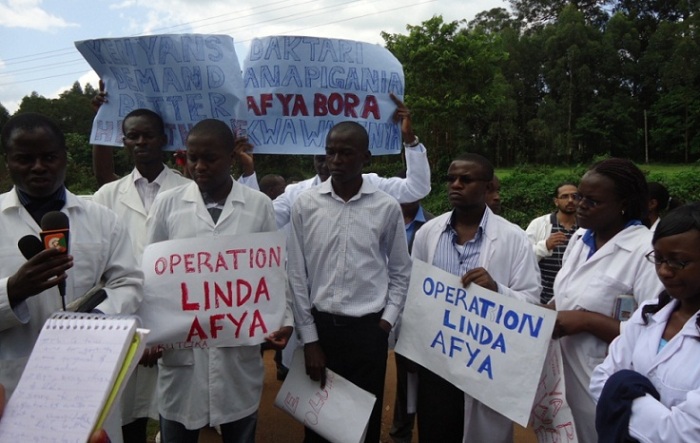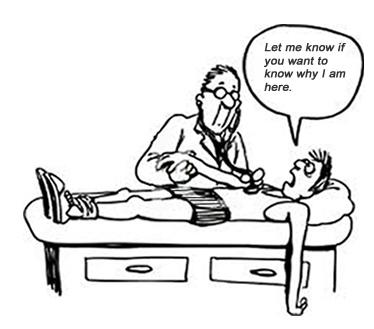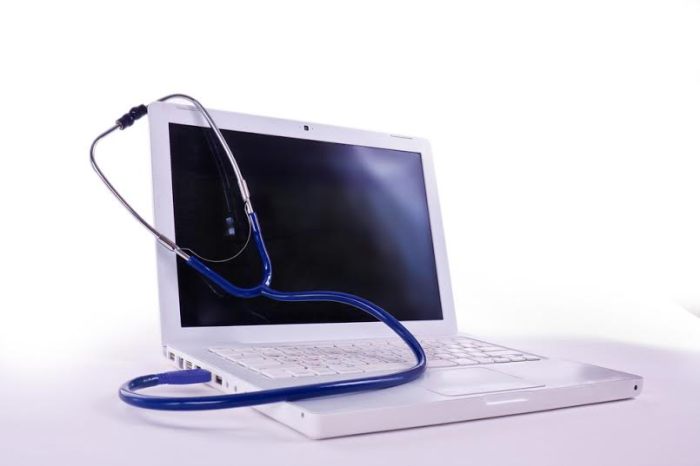Formalin!! Yes, that aldehyde which welcomes every medical student upon admission to undertake the noble profession. Any moment I come across it, I sentimentally remember the irritation it triggered in our throats and the lacrimation it did offset. The intense zeal and zest of joining a medical school got its first beating, but the desire to be a doctor was so immense that it surpassed the first contact with that irritating fluid. The dreams and aspirations of being surgeons- transplant surgeons or neurosurgeons, for that matter- was the driving force, a fact that is true for all high school graduates before being disappointed by realities of what exists in the medical school.
The pride and energy that is generated by scoring As in the K.C.S.E. exams makes everyone feel like they have the best IQ in the world. The high school stories usually rock the air. Those boys and girls from BIG schools ng’aria the rest of Kenyans who came from the little village schools giving them no time to share their experiences. I have always believed that these ‘village’ people are the ones with a story to tell.
As days go by, anatomy lectures and dissection begin. The post-impressive KCPE results impetus and the need to be the best makes everyone get into action. Last’s Anatomy, Kimani’s Histology and Mungai’s Dissection Manual are the books. Everyone sees themselves as distinction material. The little information on pelvic bones, adapted from the high school biology, is all that everyone tries to floss with. New medical terms like gluteus medius, vastus, sartorius, sciatic, the Trendelenburg’s, and the title “Doctor” are the language. The lies and guesswork in dissection become very apparent. Someone could point at an entirely different structure and claim to be the other, and there we are. Life moves on.
Reality hits when first anatomy cat lands. It lands and blows away the pride like a landmine. It is the examination paper that humbles everyone and communicates to all that in medicine, no one is superior to the other, that all doctors are equal. It brings to an end the celebration of the exemplary K.C.S.E. results. Physiology and Biochemistry serve to maintain the equilibrium. This is that moment when people give excuses like they had not ‘adapted’ to the system. Subsequent assessments continue with the same trend, and the ‘doctors’ are left in awe. This is the when dreams of distinction are transformed to just a need for a pass to the next level. The fantasy of being neurosurgeons changes with the consolation that ‘medicine is a wide subject and we can always fit somewhere else’. The inspiration from Dr. Ben Carson no longer holds. It has been shattered by the devastating results of the pre-clinical sciences.
Being a first year in the medical school is one of those crafty moments a medical student can diagnose every condition with the scanty anatomy, biochemistry and physiology knowledge. And the funny thing about it is that they always see a problem with every person they come across. To them, there is always an undiagnosed medical disorder that lies within someone. They will often brag to their peers about their courage to sacrifice their time to learn how to handle humanity. They will walk with an ‘academic angle’ especially when they happen to come across those people whose competitors are not yet born. That is how it is. On we move.
When the final examinations are a few meters away, each one of them would have resorted to desperate measures to okoa the grade and be far from the supplementary and retake baselines as possible, studying late into the night. Some try to devour the whole Last’s Anatomy in the few days remaining. Mark you; the CAT marks at this point are not impressive. The pressure from the ultimate test is so much that they devise strategies of getting a little more time out of sleep.
At the end of the first academic year, the “doctors” who were once endowed with the muscle and good health are just steps away from severe acute malnutrition. The release of anatomy results gives some false relief. Unfortunately, tragedy befalls one or two who sometimes are made to understand that medicine sio ya mama yao and are forced to take a brief fourth semester or do a complete revision of the whole syllabus for the next one year.
When that unfortunate act of actuality lands on you, worry less and handle the situation within the short extended semester. It may be a turning point of making Mercury out of Pluto. You can heat up things, you know. The journey ahead is not so bad. It can be thorny or not, depending on where you choose to step.
Koech T.K.
Kenyatta University
Editor, MSAKE



